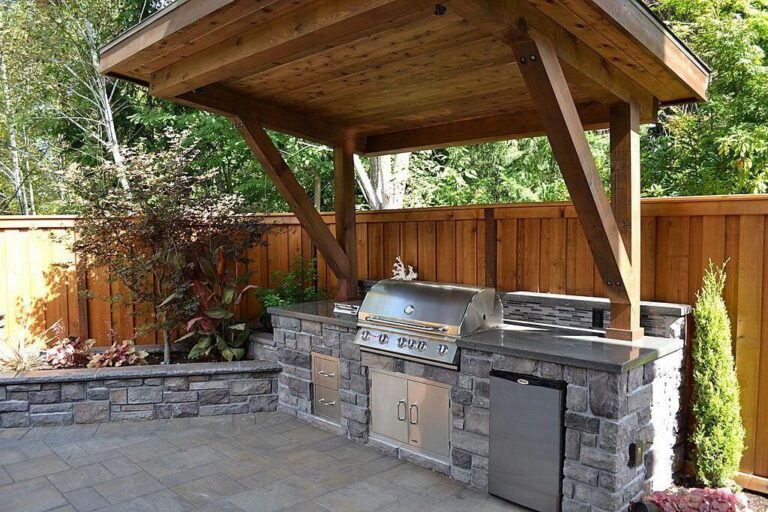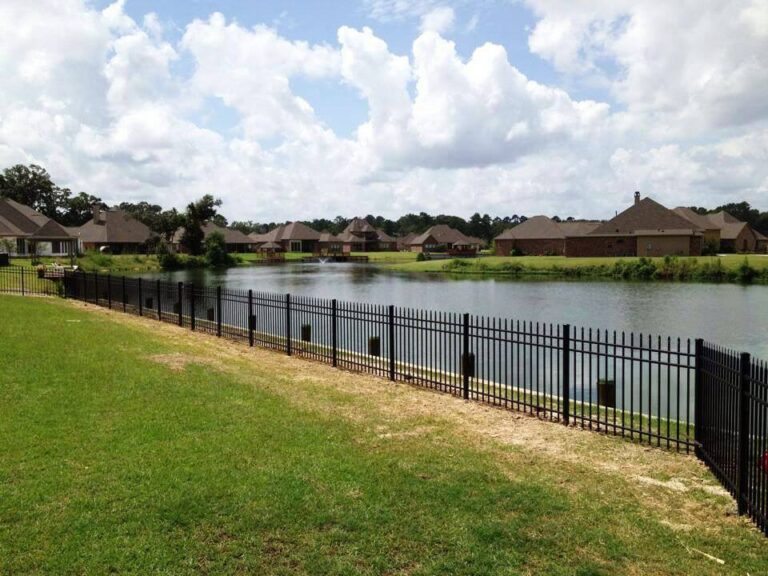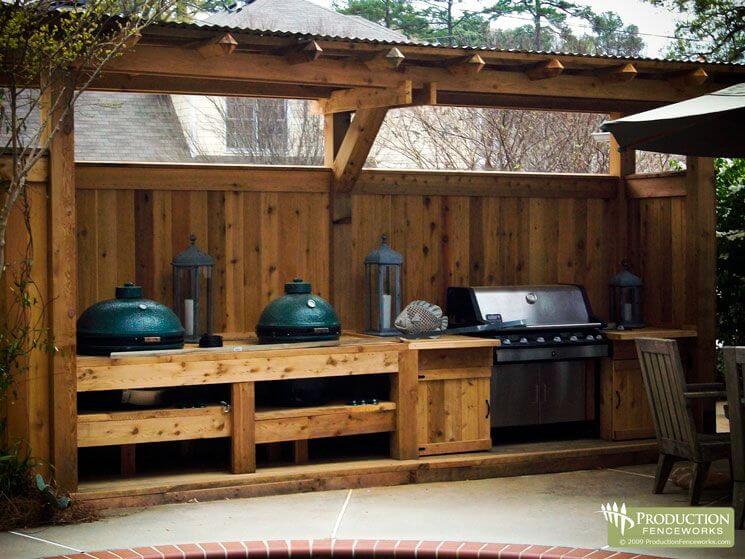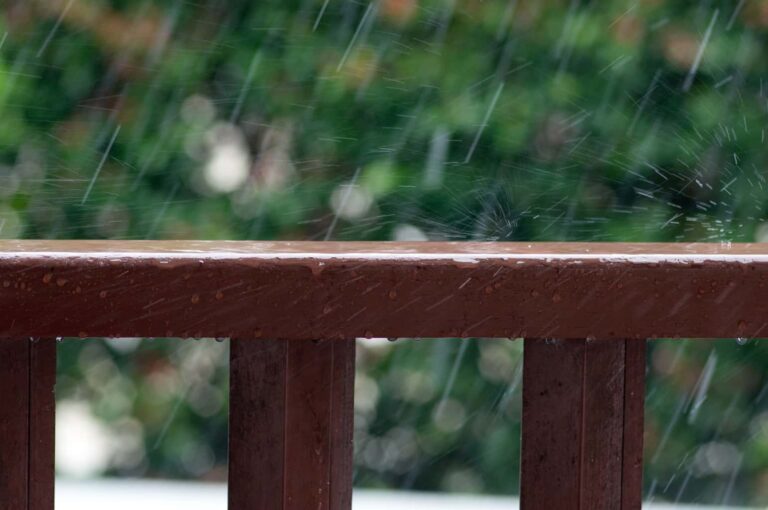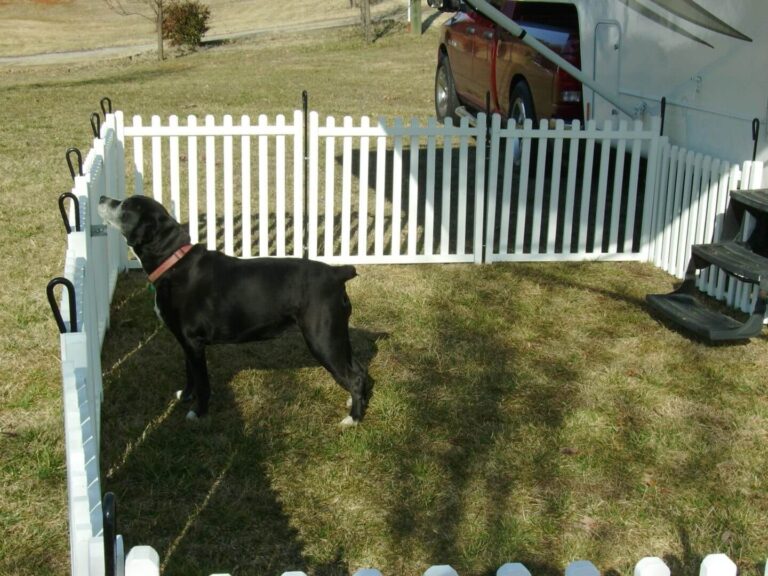Tips for choosing fencing in wildfire-prone areas include using non-combustible materials and maintaining a clear defensible space around the fence. These measures can help prevent the spread of wildfires and protect your property.
Living in a wildfire-prone area can be challenging, but there are steps you can take to mitigate the risk.
One important aspect to consider is choosing the right fencing for your property.
Wildfires can spread rapidly, and traditional fencing materials can easily catch fire, contributing to the spread of the blaze.
By selecting non-combustible fencing materials and ensuring a clear space around the fence, you can create a barrier that helps protect your property from wildfires.
We will explore various tips for choosing fencing in wildfire-prone areas to help you make an informed decision and safeguard your home and assets.

The Environmental Factors
Understanding the environmental factors that influence the choice of fencing in wildfire-prone areas is crucial for effective wildfire mitigation.
Given these considerations, it’s beneficial to explore expert solutions. To delve deeper into fire-resistant fencing options, Read more about our fencing services, which are specifically designed for such challenging environments.
Climate And Vegetation Considerations
The climate and vegetation of a wildfire-prone area are critical factors to consider when selecting fencing.
In regions with hot, dry climates where wildfires are prevalent, choosing fencing materials that are resistant to high temperatures and prolonged exposure to sunlight is essential.
Durable, non-combustible materials such as metal, concrete, or composite materials can withstand the harsh environmental conditions and provide a barrier against spreading wildfires.
Additionally, evaluating the density and flammability of the local vegetation is crucial in determining the appropriate height and spacing of the fencing to minimize the potential influence of the vegetation on the spread of fires.
Impact Of Wildfires On Fencing
Wildfires can have a significant impact on the integrity and effectiveness of fencing in wildfire-prone areas.
Fences directly in the path of a wildfire may be exposed to extreme heat and flames, leading to potential damage or destruction.
Understanding the behavior of wildfires and their impact on different fencing materials is essential.
An assessment of how embers and radiant heat can affect different types of fencing can help in making informed decisions about the most suitable fence material and design to withstand the impact of wildfires.
Fire-resistant Fencing Options
When it comes to protecting your property in wildfire-prone areas, choosing fire-resistant fencing is crucial.
Fire-resistant fencing options offer a protective barrier against the devastating effects of wildfires, helping to safeguard your home and property.
Let’s explore the top fire-resistant fencing options to consider for areas at high risk of wildfires.
Metal Fencing Solutions
Metal fencing, such as steel or aluminum, is a popular choice for fire-resistant fencing in wildfire-prone areas.
These sturdy materials can withstand high temperatures and are less likely to ignite during a wildfire.
Additionally, metal fencing provides a durable and long-lasting solution for property boundaries.
Masonry And Stone Fencing
For a blend of aesthetic appeal and fire resistance, masonry and stone fencing options are worth considering.
These materials not only provide a strong barrier but also add a touch of natural beauty to your property.
- Aesthetic Appeal:
- Elegant and timeless appearance
- Enhances property value
- Blend well with natural surroundings
- Practical Considerations:
- High fire resistance
- Durable and low maintenance
- May require professional installation
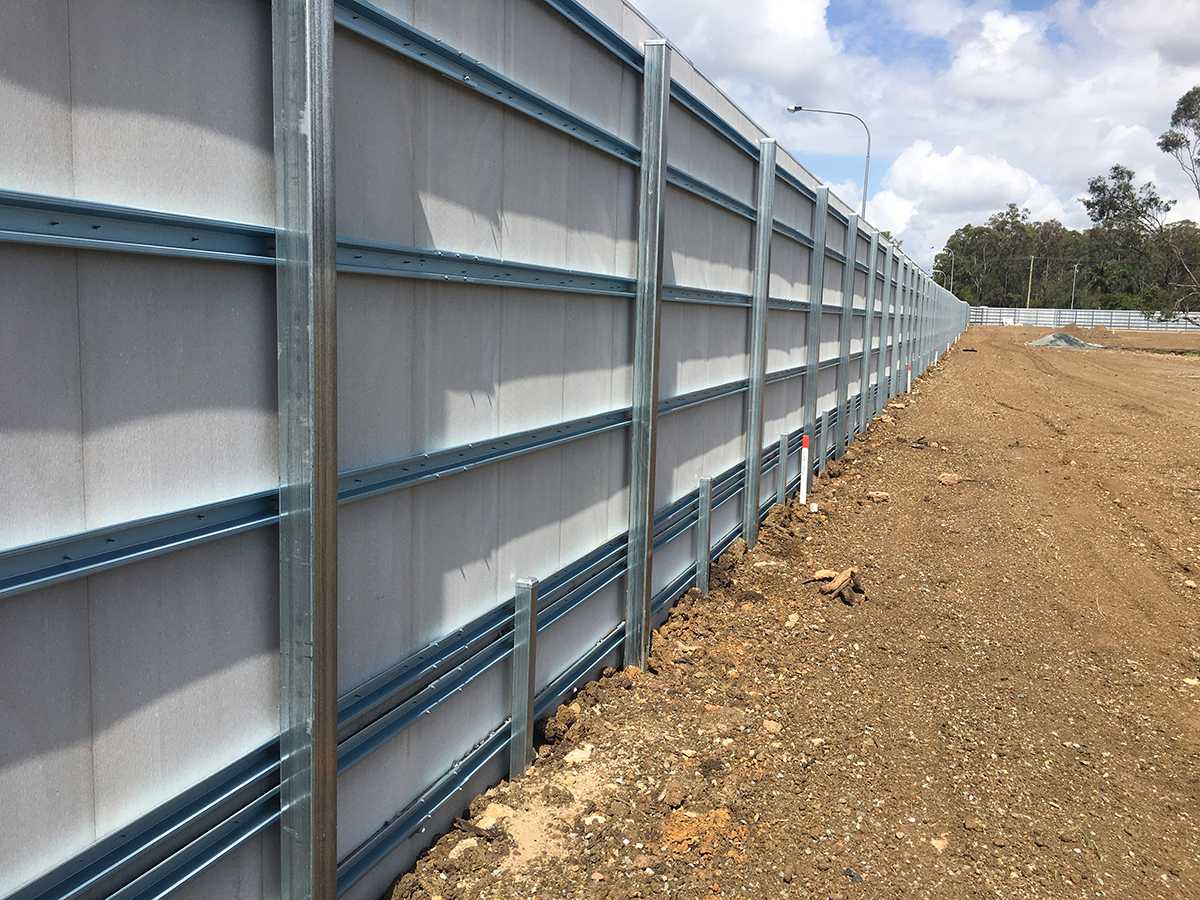
Frequently Asked Questions
What Type Of Fencing Is Best For Wildfire-prone Areas?
In wildfire-prone areas, metal and composite fencing are best due to their fire-resistant properties.
How Can Fencing Help Protect Homes From Wildfires?
Fencing can act as a barrier, preventing the spread of wildfire and reducing the risk of direct flame contact with homes.
Can Vegetation Be Integrated With Wildfire-resistant Fencing?
Yes, using noncombustible materials or spacing fencing away from vegetation can help reduce fire risk in wildfire-prone areas.
Conclusion
Choosing the right fencing in wildfire-prone areas is crucial for protecting your property.
By considering factors such as material, design, and maintenance, you can enhance your property’s safety and aesthetic appeal.
Prioritizing fire-resistant materials and proper installation can help mitigate the risk of wildfire damage.
Make informed decisions to safeguard your property.


